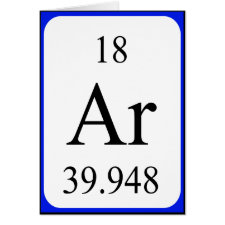
Authors: Sakamoto Y, Saito K, Hata R, Katabami S, Iwasaki Y, Ito R, Nakazawa H
Article Title: Determination of Chloramphenicol in Honey and Royal Jelly by Sample Clean-up with Molecular Imprinted Polymer.
Publication date: 2012
Journal: Bunseki Kagaku
Volume: 61
Issue: (5)
Page numbers: 383-389.
DOI: 10.2116/bunsekikagaku.61.383
Alternative URL: https://www.jstage.jst.go.jp/article/bunsekikagaku/61/5/61_383/_article
Abstract: A sample clean-up method that employs a molecular imprinted polymer (MIP) was examined for potential use in the residual analysis of chloramphenicol (CAP) in honey and royal jelly. The clean-up effect of MIP was compared with that of conventional reversed-phase solid-phase extraction (SPE). Measurements for evaluating the clean-up efficiency were conducted by LC/UV, LC/MS or enzymed-linked immunosorbent assay (ELISA). LC/UV measurements of a sample after SPE yielded interference peaks originating from impurities on the chromatograms. The recovery was approximately 80% for honey and 75% for royal jelly. LC/MS measurements of a sample cleaned up with MIP showed no interference peaks due to the matrix effect. In addition, ELISA conducted on a sample cleaned up with MIP revealed that MIP suppressed interference by impurities in the antigen-antibody reaction. The developed sample clean-up method with MIP was able to remove impurities in dark honey and royal jelly, and is expected to be useful for the determination of residual CAP in live-stock products. © 2012 The Japan Society for Analytical Chemistry
Template and target information: chloramphenicol, CAP
Author keywords: chloramphenicol, Honey, MIP, Royal jelly



Join the Society for Molecular Imprinting

New items RSS feed
Sign-up for e-mail updates:
Choose between receiving an occasional newsletter or more frequent e-mail alerts.
Click here to go to the sign-up page.
Is your name elemental or peptidic? Enter your name and find out by clicking either of the buttons below!
Other products you may like:
 MIPdatabase
MIPdatabase









